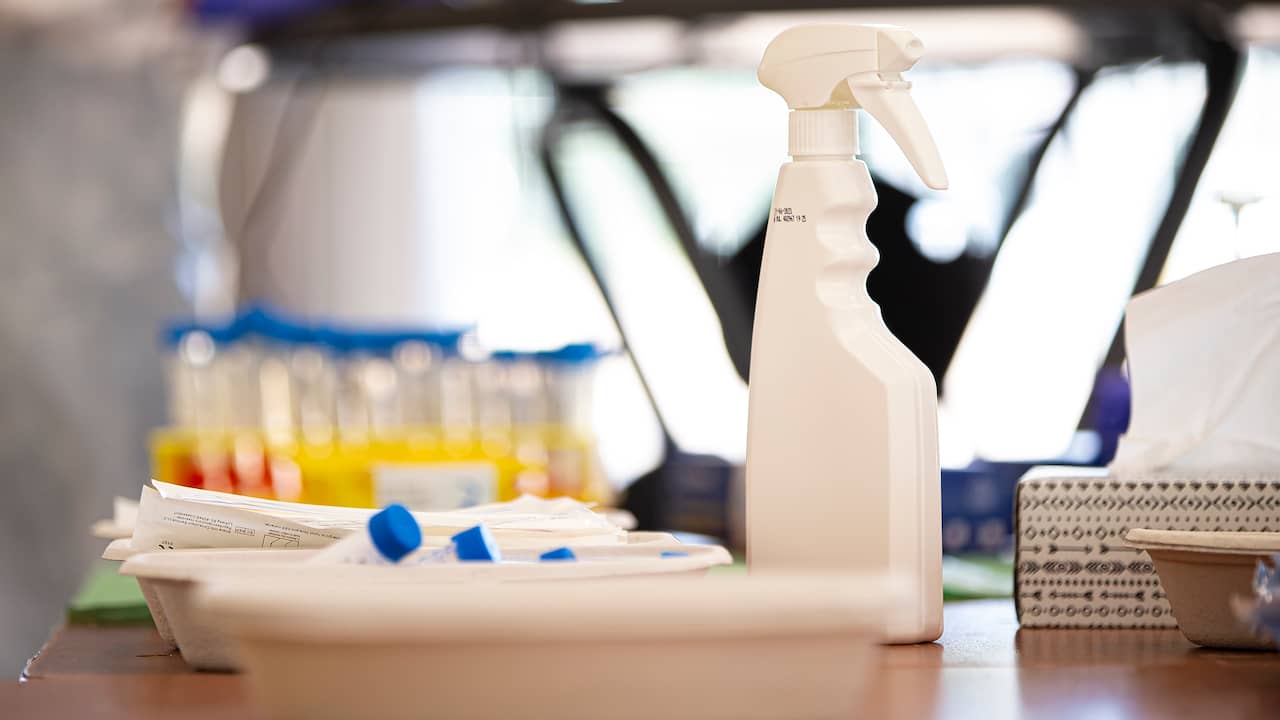The discovery of rust on the surface of our satellite was made thanks to the Indian lunar probe, Chandrayaan-1, which orbited the moon in 2008. Thanks to this data, we know, among other things, that there are water particles on the moon. The probe also contained an instrument built by NASA that could analyze the Moon’s mineral composition.
According to CNN, when scientists from NASA and the University of Hawaii analyzed the data, they were stunned. In the information from the probe, they found traces of hematite, a form of iron oxide known as rust. There are tons of iron-rich rocks on the moon – but rust only forms when iron is exposed to oxygen and water.
Scientists did not believe what they saw in the analyzed data. “It shouldn’t be possible,” they said.
After months of research, the mystery was solved. The reason for the appearance of rust on the moon is planet Earth.
One clue to the rust mystery was that it was on the side of the satellite facing our planet.
“The Earth is surrounded by a magnetic field, and the solar wind stretches this bubble to form a long magnetic tail. The moon enters this tail three days before its full moon, and it takes six days to pass through it and exit on the other side. During this time, the Earth’s magnetic tail is covers the surface of the moon with electrons, “reads CNN.
According to NASA scientists, oxygen from Earth travels through this magnetic tail and lands on the moon, where it interacts with water molecules on the moon to form rust.
“The magnetic tail also blocks nearly all of the solar wind during a full moon – meaning the moon is temporarily shielded from the blast of hydrogen, opening a window for rust,” CNN reports. Rust has been formed on the moon for several billion years.
However, the question remains as to why traces of rust also appeared on the far side of the Moon, where oxygen from our planet is unable to reach.
(pezet)
Have an interesting topic? Write us a letter!

